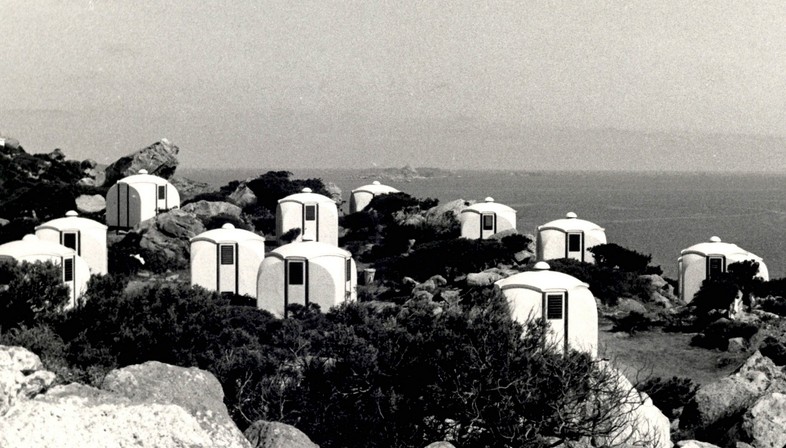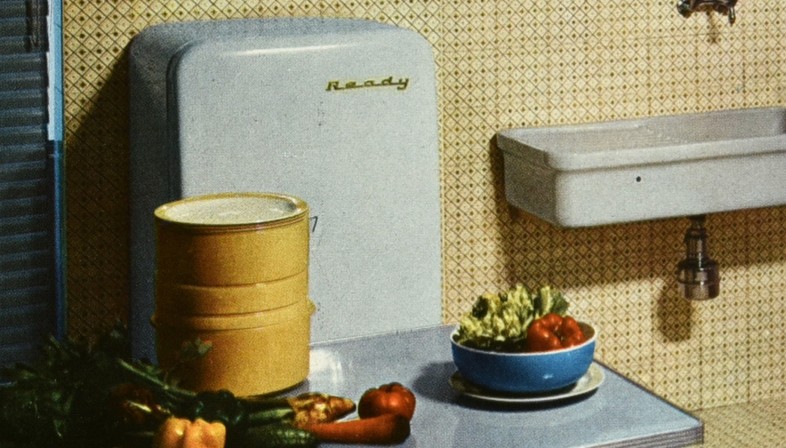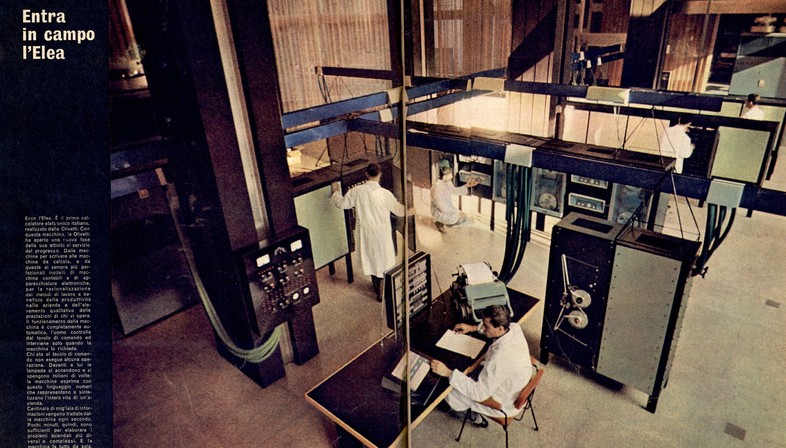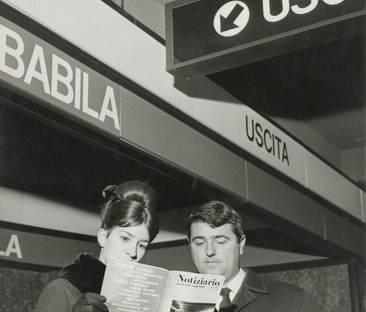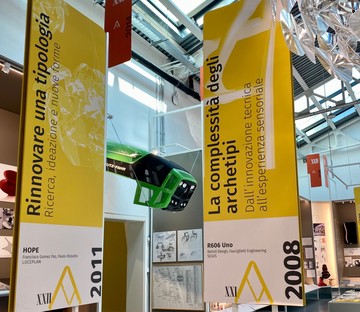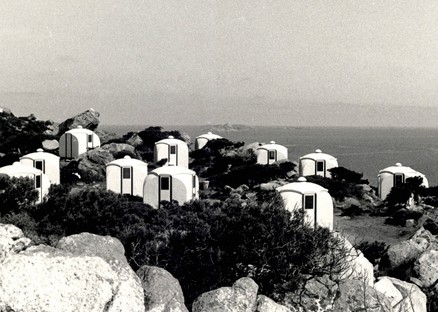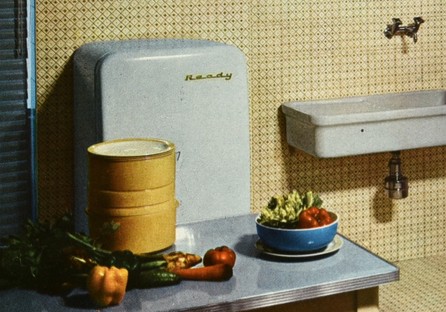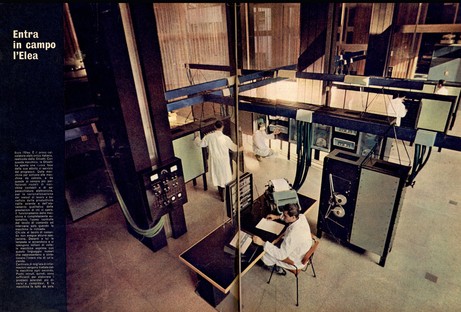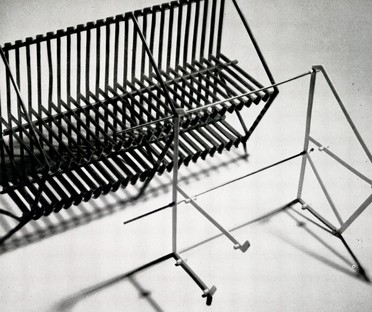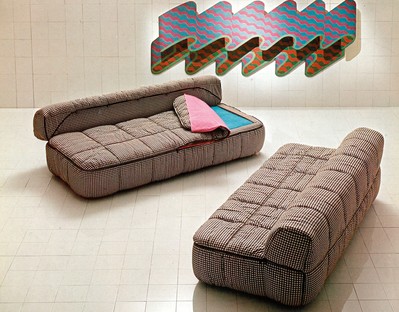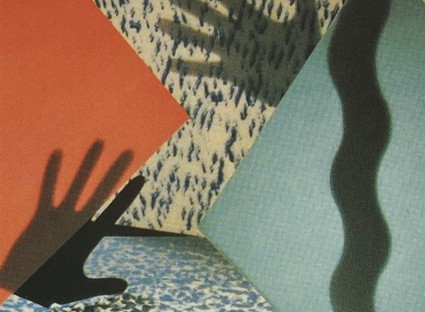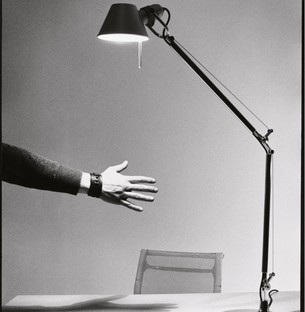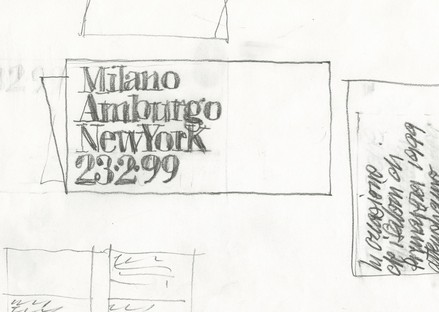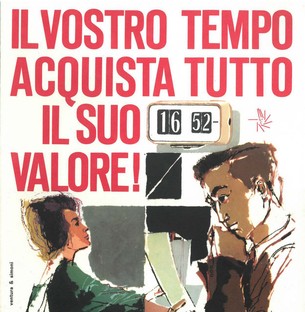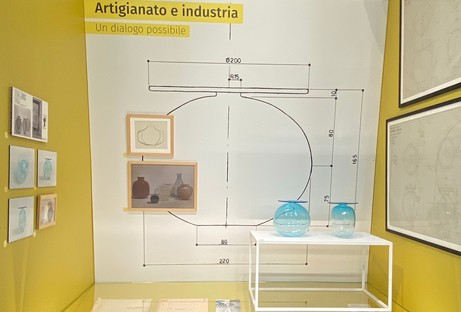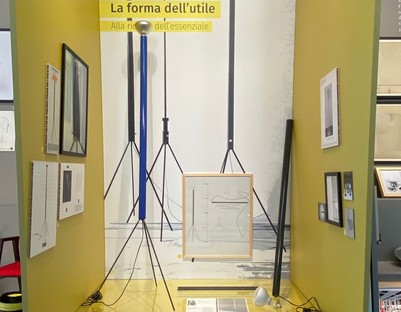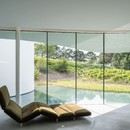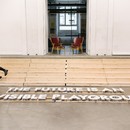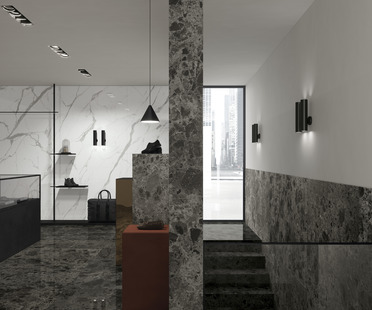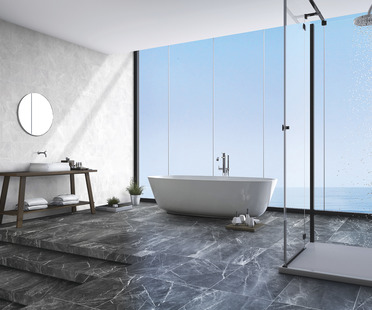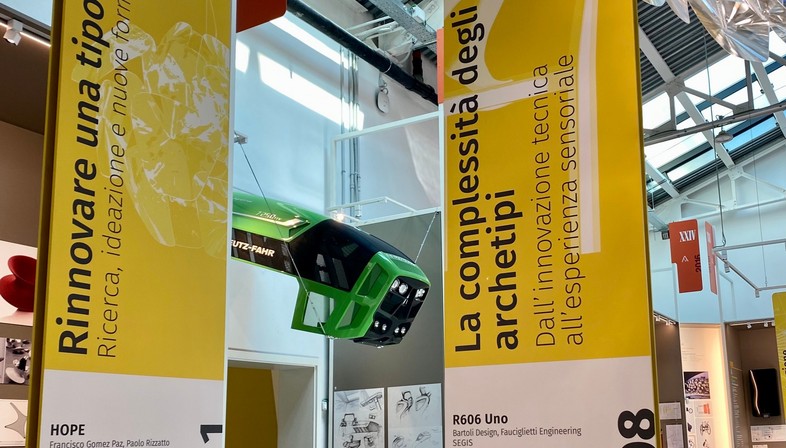
A museum shouldn’t be just a sterile container, or a dusty place of nostalgia. This was the idea on the basis of which ADI, Associazione per il Disegno Industriale or the Association for Industrial Design, opened the ADI Design Museum in Milan just over a year ago. The museum for the winners of Italian Compasso d’Oro design awards must be a dynamic place that dialogues with the present day. And it does so naturally, as new award winners are added to its collection every two years. Even the exhibition installation is regularly redesigned, and at the beginning of October a new exhibition opened, by three curators, Francesca Balena Arista, Giovanni Comoglio and Maite García Sanchis. Entitled “Presente Permanente” (The Permanent Present) the exhibition focuses on thirty projects that have won awards over the history of the Compasso d’Oro in order to explore the relationship between these projects and contemporaneity. “We started out with identification of a number of highly relevant themes that we believed to be ideally represented by the selected projects,” notes Francesca Balena. These themes are clearly stated on the yellow flags and in the dedicated display cases: ‘Verso l’età dell’immagine’ (Toward the age of the image), ‘Il benessere si fa social’ (Well-being becomes social), ‘Spazi ibridi’ (Hybrid spaces), ‘Domesticità a sistema’ (Domesticity as a system), ‘Il significato del dettaglio’ (The significance of detail), and ‘La complessità degli archetipi’ (The complexity of archetypes), among others.
As I follow the three curators through the vast spaces of the Museum, they stop before the big yellow frames – one for each year of the Compasso d’Oro awards since 1954 – containing in-depth information on the projects. For the year 1954, the theme that provides a bridge with the contemporary world is ‘Democrazia impilabile. Spazio minimo ed estetica moderna’ (Stackable democracy: Minimal space and a modern aesthetic), summing up the significance of one of the award-winning products: the In Colonna tableware service designed by Giovanni Gariboldi for Società Ceramiche R. Ginori, composed of plates, cups, bowls and dessert plates, all easily stackable, of a sober, efficient modernity that still astounds the viewer today, almost seventy years later. “For each of the selected items, we decided to quote the judges’ motivation in full,” note the curators, “because it sums up a lot of the meanings that help us interpret the underlying values”. And in this case, in fact, the motivation provides a very effective summary: “The problem facing the ‘designer’ in today’s ceramics is not replacing ‘old-fashioned’ decoration with ‘modern’ decoration. It concerns the formal interpretation of the requirements of our use: this style formally interprets the need for tableware that takes up as little space as possible. The forms and colour of the items included in this service reflect that taste for simplicity whose utmost expression is determining modern style.”
A few steps further along, the curators show me the 1959 motivation for the selection of Elea, the first mainframe computer Ettore Sottsass designed for Olivetti, representing the theme ‘L’architettura della macchina. Al servizio dell’uomo’ (The architecture of the machine: At the service of man). “Elea is one of those projects we addressed in a slightly different way,” comments Francesca Balena Arista, “still on the basis of the judges’ motivation, according to which the important thing about the project is its modularity. It is on the basis of this concept that Sottsass resolves a very complicated project. He had no earlier models to refer to, as nobody had ever designed a computer before. The designer had to come up with a new image. And to illustrate how he worked, we chose original drawings from CSAC in Parma that have never been exhibited before, as well as the logo Sottsass himself created for Elea.” The documents also include a copy of Epoca, an illustrated weekly a lot of Italian families used to read at the time. The curators discovered that Epoca had published one of the few existing photographs of the prototype of Elea 9002 (while it was model 9003 that went into production). The magazine explains how the new computer works in a series of captioned photographs. “Against the advice of the technicians, but in agreement with Olivetti, Sottsass lowered the height of the cabinets that were to contain the machines to 1.4 metres, to ensure that people in the office would still be able to maintain visual contact with their colleagues,” explains Francesca Balena, “Adriano Olivetti’s importance emerges when he comes up with an innovation that will help people work better”. Even today, in the age of the metaverse, Sottsass and Olivetti’s method is still a valid one. As is always the case, the present is rooted in the past, and we mustn’t forget it!
Antonella Galli
Captions and credits
01 and 03-12 Some of the first Compasso d’Oro winners selected for the new exhibition at ADI Design Museum (Courtesy of ADI Design Museum):
01 Design del servizio pubblico (Design of public services): 1964, signage and layout of the metro system in Milan, Franco Albini, Bob Noorda, Franca Helg, Antonio Piva, for Metropolitana Milanese spa
02, 13 and 14 Adi Design Museum, “Presente Permanente” exhibition; curators Francesca Balena Arista, Giovanni Comoglio and Maite García Sanchis.
03 Nuovo paesaggio (New landscape): 1967, Guscio tourist shelter, Roberto Menghi, I.C.S.
04 Democrazia impilabile (Stackable democracy): 1954, Stackable tableware, Giovanni Gariboldi for Società Ceramiche R. Ginori
05 L’architettura della macchina (The architecture of the machine): 1959, Elea mainframe computer, Ettore Sottsass junior, for Olivetti & C. Spa
06 Domesticità a sistema (Domesticity as a system): 1960, KS1171 collapsible dish draining rack, Gino Colombini, for Kartell srl
07 Rivestire di senso (Covering with meaning): 1979, La Famiglia degli Strips armchair, Cini Boeri, Laura Grizziotti for Arflex spa
08 Luce e materia (Light and matter): 1987, HPL Diafos decorative laminates, Abet Laminati Research Centre
09 Flessibilità in equilibrio (Flexibility in the balance): 1989, series of Tolomeo lamps, Michele de Lucchi and Giancarlo Fassina, for Artemide spa
10 The valore dell’identità visiva (The value of visual identity): 1998, Cosmit information graphics, Massimo Vignelli-Vignelli Associates
11 Tradizione e innovazione (Tradition and innovation): 2001, Tite and Mite floor lamp and suspension lamp, Marc Sadler, Foscarini Murano srl
12 Il nuovo valore del tempo (The new value of time): 1956, Cifra 5 electromechanical clock, Gino Valle and Nani Valle with John Myer and Michele Provincial for R.E.C. Solari










